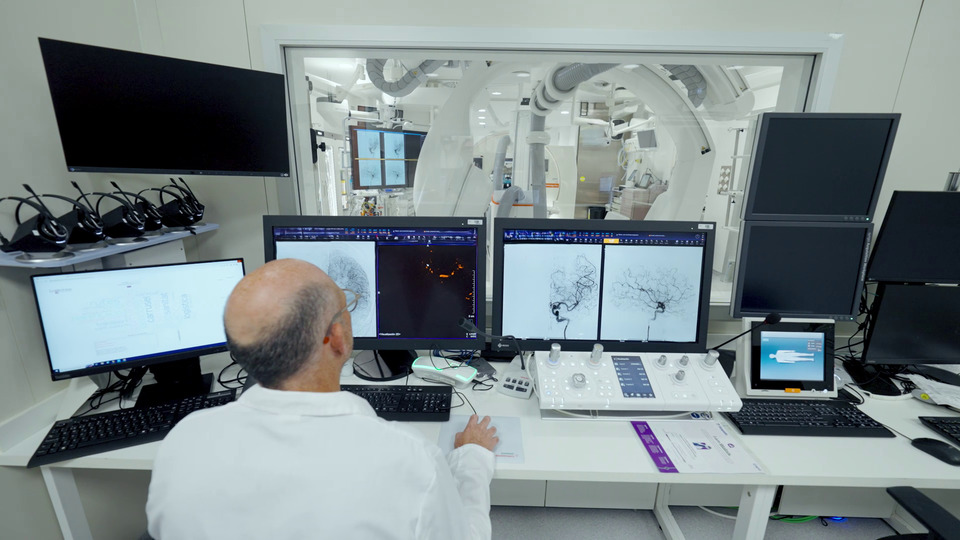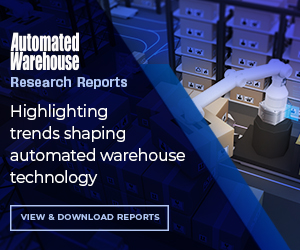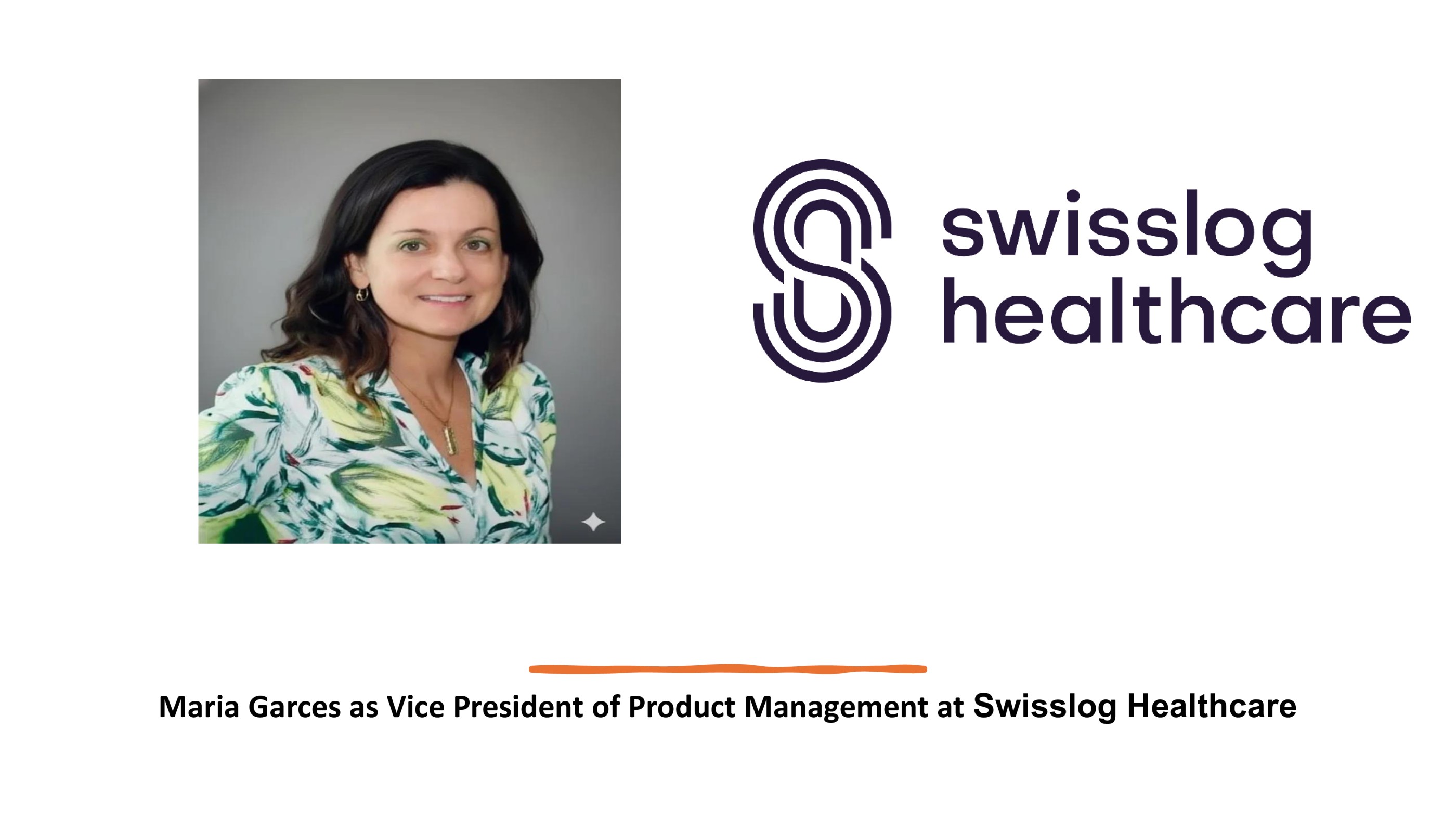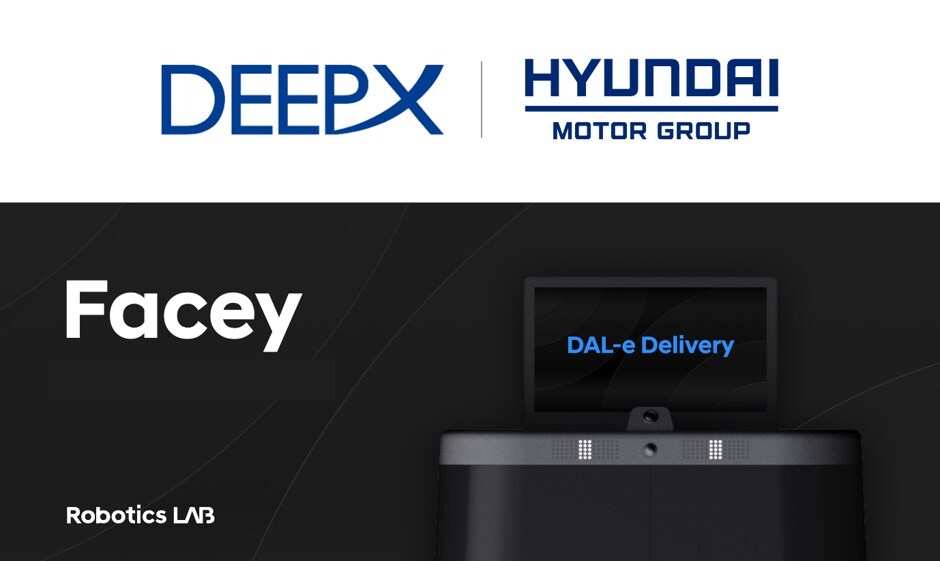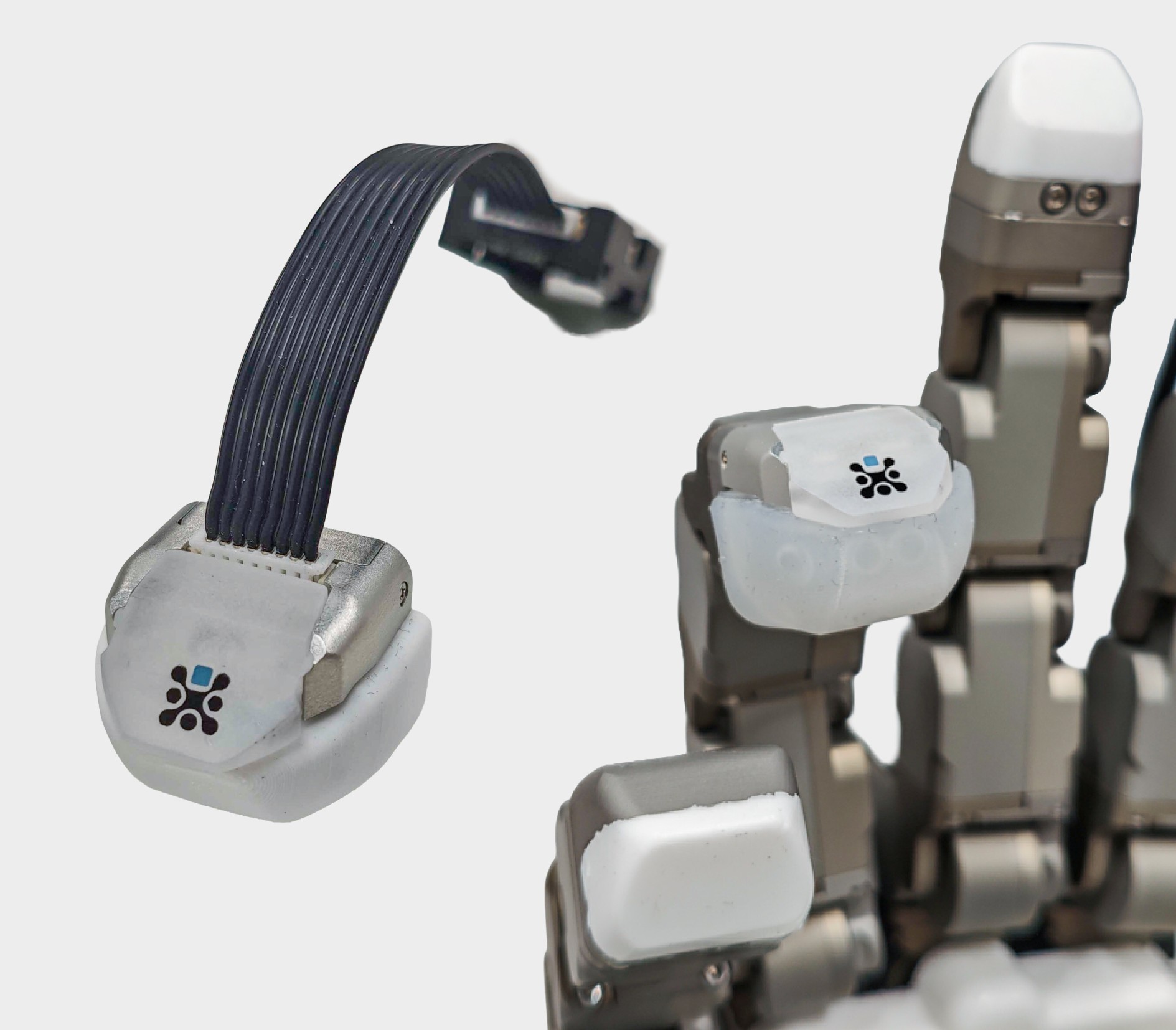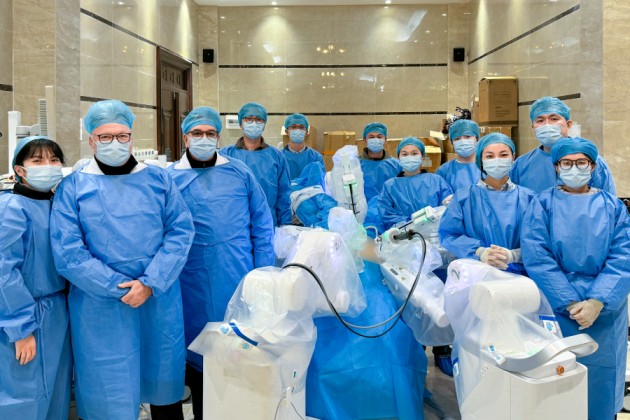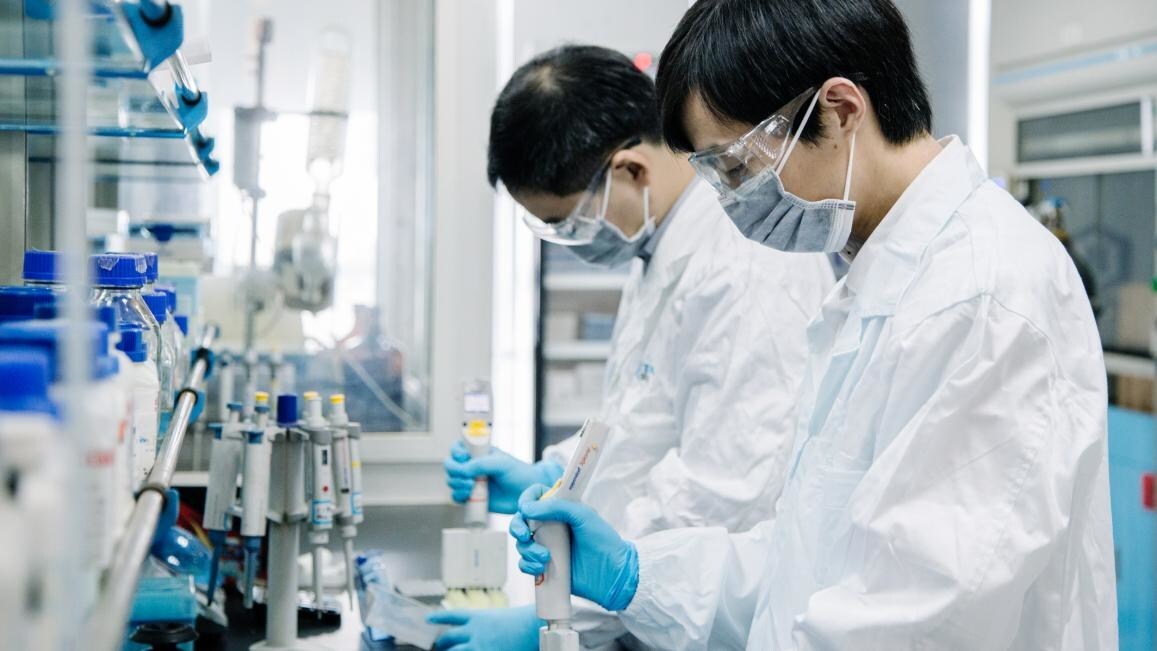Siemens Healthineers Leads €26.9M UMBRELLA Project to Transform Stroke Care Across Europe
Collaborative Initiative Aims to Enhance Stroke Management Through AI, Digital Platforms, and Standardized Protocols
Image Courtesy: Public Domain
- Five-year, €26.9 million UMBRELLA project aims to revolutionize stroke care pathway in Europe
- Project covers stroke holistically – from prevention to diagnosis and treatment to rehabilitation
- Siemens Healthineers teams up with leading hospitals and other industry partners
- Project aims to close gaps in stroke care with the help of real-world data and decentralized research
Siemens Healthineers is joining forces with more than 20 industry and public partners, including seven leading stroke hospitals, to improve stroke management for patients all over Europe. With a total volume of €26.9 million, the five-year UMBRELLA1 project is partly funded by the Innovative Health Initiative (IHI), a public-private partnership for health research and innovation between the European Union and Europe’s life science industries, and partly by the industry partners participating in the consortium. It is co-led by Vall d’Hebron Research Institute (Barcelona, Spain) and Siemens Healthineers, which is the largest industry contributor with an investment of €6,7 million, and includes hospitals in in Belgium, Germany, Italy, the Netherlands, Spain and Switzerland. Key to the project are two developments from Siemens Healthineers. The first one, a novel stroke connectivity platform2, is designed to bridge gaps along the acute stroke pathway and to digitalize patient data points. Secondly, a federated data and learning platform2 will enable researchers to create and validate algorithms on a large number of datasets in a secure way.
In the EU alone, approximately 460,000 people die of stroke every year. And around 10 million stroke survivors are living with the consequences – making stroke a leading cause of disability in Europe.3 The overall incidence continues to rise due to an ageing population and increasing exposure to risk factors such as obesity or diabetes. UMBRELLA aims to improve and standardize stroke management protocols, validate them across participating clinical centers, and implement them in the European guidelines for the benefit of all stroke patients. In addition, the project will focus on creating and validating AI-supported algorithms based on real-world data for improved diagnosis, reduced time-to-treatment and to prevent long-term damage.
“UMBRELLA is a remarkable example of how technology and collaboration can improve patient outcomes boosted by cutting-edge technologies. This is critical to addressing major unmet health needs,” said Peter Schardt, chief technology officer of Siemens Healthineers. “Partnerships like this foster the European innovation ecosystem and provide a significant opportunity to achieve results that would not be possible for any single organization working alone.”
Carsten Bertram, head of Advanced Therapies at Siemens Healthineers, adds: “Together with leading clinical partners, we want to optimize stroke treatment and limit recurrence through digitalization and advanced imaging. This project is an important milestone towards our mission to lower the global burden of stroke.”
UMBRELLA will be able to utilize a novel stroke connectivity platform2 by Siemens Healthineers to facilitate communication and help break down existing data silos. These exist today between paramedics and primary and comprehensive stroke hospitals, causing treatment delays for acute stroke patients. The platform will bridge gaps along the pathway and allow for streamlined communication and a smooth exchange of information, such as patient demographics, vital signs, stroke scale results or computed tomography (CT) images. It will also enable digitalization of a combination of patient data points that are not kept in stroke registries today.
The federated data and learning platform2 on the other hand will help to establish data repositories with harmonized real-world data from the participating hospitals. A communal learning infrastructure will be utilized for UMBRELLA to allow for decentralized training and validation of AI-based algorithms on the federated data. This avoids the exchange of actual patient data amongst partners, fulfilling regional data compliance requirements. The platform will enable researchers to formulate clinical hypotheses, create and validate algorithms on a large number of harmonized pan-European datasets, e.g. for fast and precise stroke diagnosis, personalized treatment strategies or outcome and recurrence prediction.


